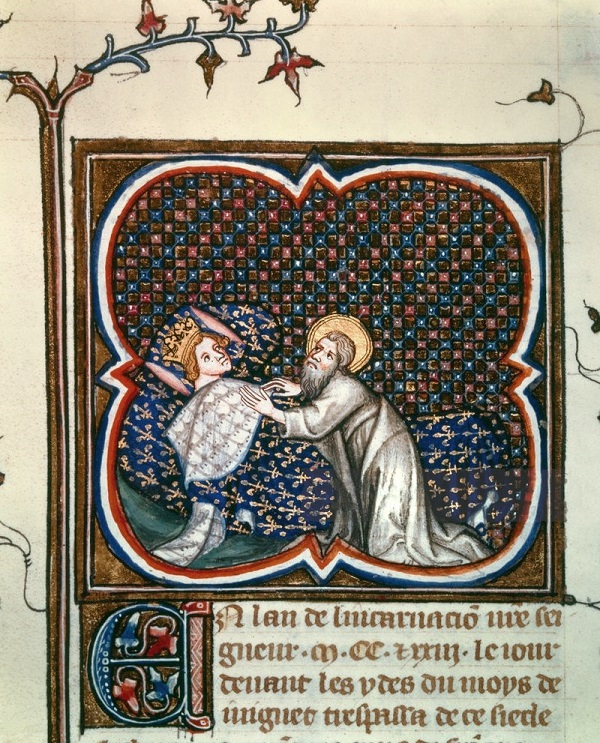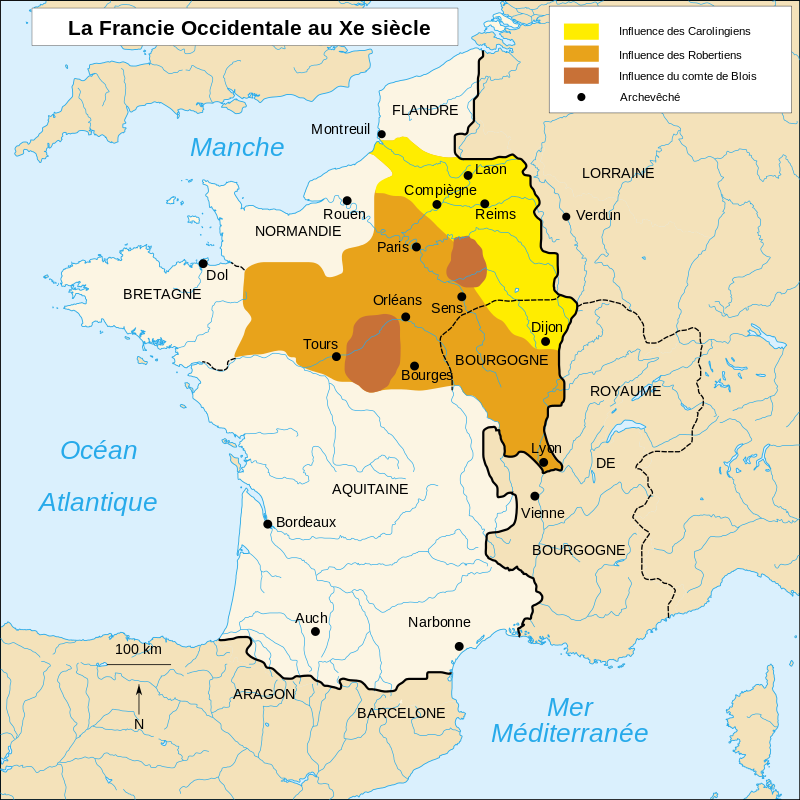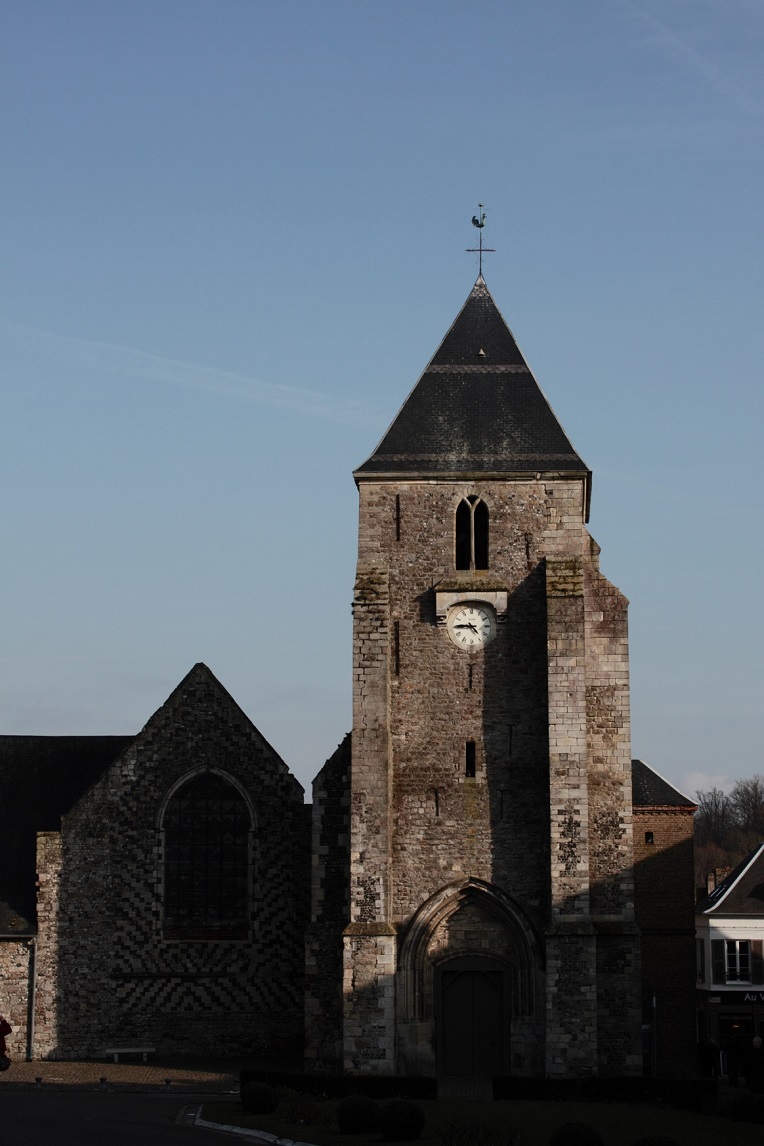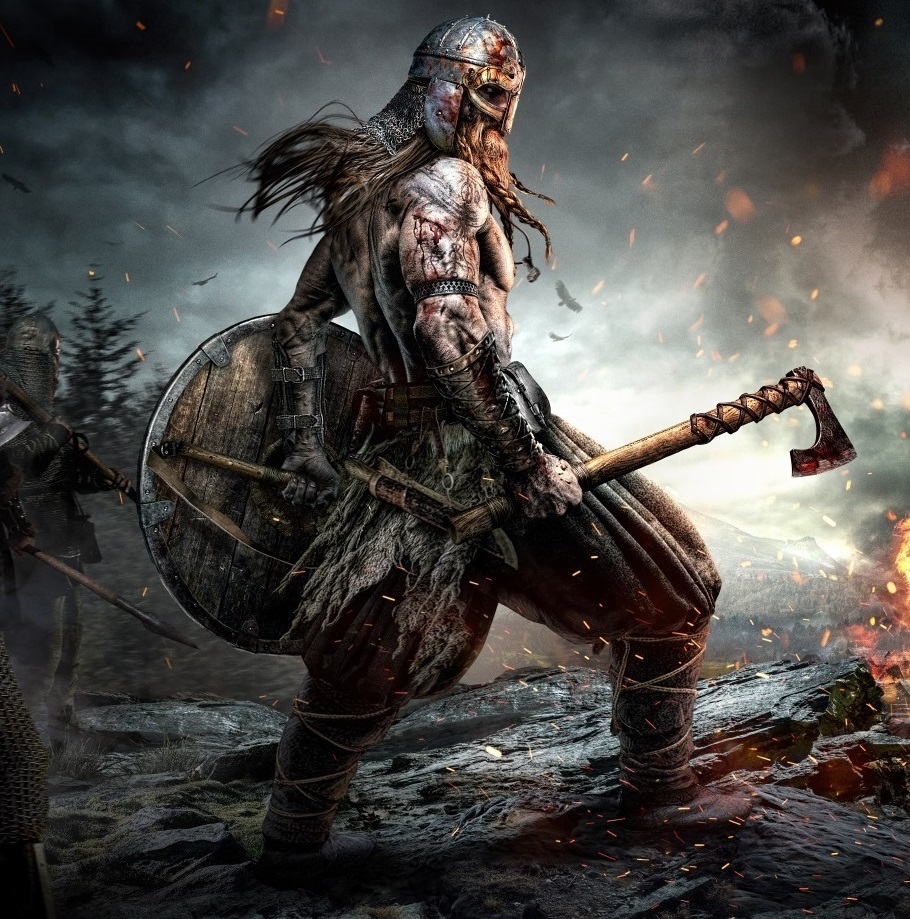Walarian Prophecy - Saint Walaric's Relics
During late 980 into 981 , Duke of the Franks Hugh Capet was in Rouen Normandie to discuss with his friend and ally, Duke Robert the Fearless, the weakening of the Carolingian monarch Lothair and the crowning of his son Louis V as Junior King of the Franks. This was allowed by Hugh, who controlled the council of nobles who owed loyalty to the king. He is there discussing his future plans to capture the important fortress of Montreuil near Calais that is held by Arnulf II, Count of Flanders. Syres is present for this conversation and admires Hugh's ability to think ahead, the clever Duke knowing the current king Lothair has retaliated against him by reconciling with Holy Roman Emperor Otto II. Hugh, not wanting to be overpowered by the Carolingians and Ottonians, plans on marching south after taking the city and making his own deal with the Pope and Otto II. This will keep his influence over the council and make the last remnant of the Carolingian dynasty weaker in the noble's eyes.
Syres goes along with Hugh and his army once spring comes about as a low ranking cavalry officer. He participates in the siege and capture of Montreuil, facing off against the pagan Vikings who had come to fight for the Duke of Flanders. During the battle, Syres stumbles upon Hugh who is confronted by a famed and fearful Viking Berserker. After saving Hugh's life during the ferocious battle, Syres is granted the right to take any spoils he wishes from the city or the Viking mercenaries. Syres, a thrifty and smart man, decides to check the Vikings long ships and homes and discovers an ivory box inlaid with silver and precious gemstones. He thinks he has found himself a fine prize and when he tells Hugh about it at the banquet before he departs for Rome, Syres finds out that they are the bones and relics of the Saint Walaric, whose church was plundered by these Vikings almost twenty years prior.
Hugh insists on having it so that he may return the relics to the church and Syres, not greedy and uninterested in titles and glory, trades the fine ivory box for a new horse, a small satchel of silver, and a single silver dagger straight from the king's own hand. Hugh is more than happy to accept these terms and even offers Syres an escort back to Rouen after they've returned the relic. Syres agrees and it is when he and Hugh return the relics to the small nearby church that something happens. Saint Walaric appears in the flesh and speaks to Hugh, leaving him with a single prophecy:
"For what you have done, you and your descendants shall be kings unto the seventh generation"
This, taken literally, meant that for seven generations, Hugh's descendants would be the kings of France. However, the number seven also represents completeness or eternity so Hugh, naturally, took this to be the prophecy's meaning. However, just to be safe, when he does become King in only a few years, he refuses to wear the royal insignia, hoping to extend his line by just one more generation.
VIKING BERSERKER
In the Old Norse written corpus, berserkers were those who were said to have fought in a trance-like fury, a characteristic which later gave rise to the modern English word berserk (meaning "furiously violent or out of control"). Berserkers are attested to in numerous Old Norse sources and it is proposed by some authors that the berserkers drew their power from the bear and were devoted to the bear cult.
In battle, the berserkers were subject to fits of frenzy. They would howl like wild beasts, foam at the mouth, and gnaw the iron rim of their shields. According to belief, during these fits they were immune to steel and fire, and made great havoc in the ranks of the enemy. To "go berserk" was to "hamask", which translates as "change form", in this case, as with the sense "enter a state of wild fury". Some scholars have interpreted those who could transform as a berserker as "hamrammr" or "shapestrong" – literally able to shapeshift into a bear's form.
The frenzy warriors wearing the skins of wolves were called Úlfhéðnar ("wolf coat"), another term associated with berserkers, mentioned in the Vatnsdæla saga, the Haraldskvæði and the Völsunga saga and are consistently referred to in the sagas as a type of berserkers. The first Norwegian king Harald Fairhair is mentioned in several sagas as followed by an elite guard of úlfhéðnar. They were said to wear the pelt of a wolf when they entered battle.
Remove these ads. Join the Worldbuilders Guild












Comments